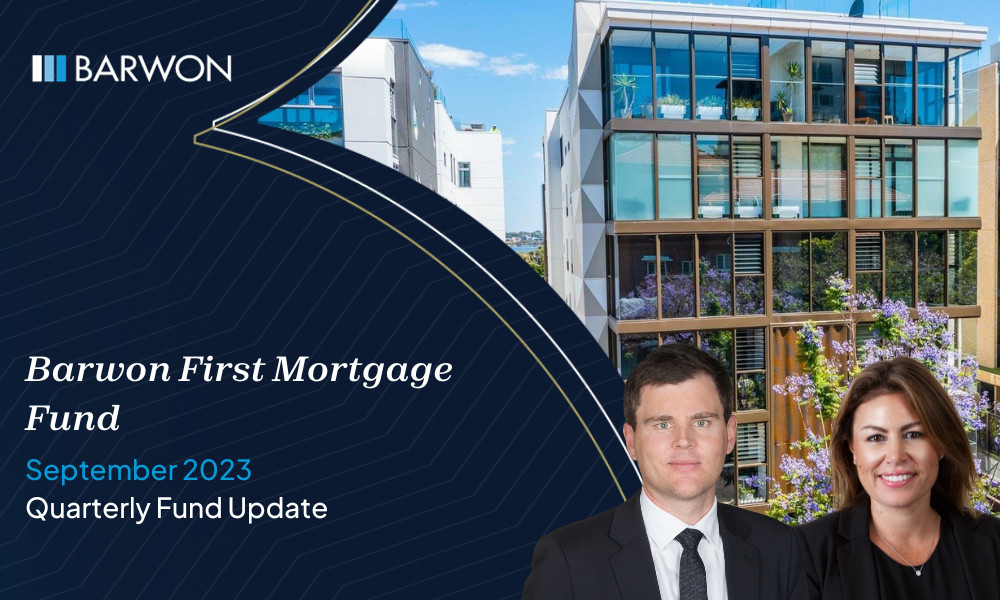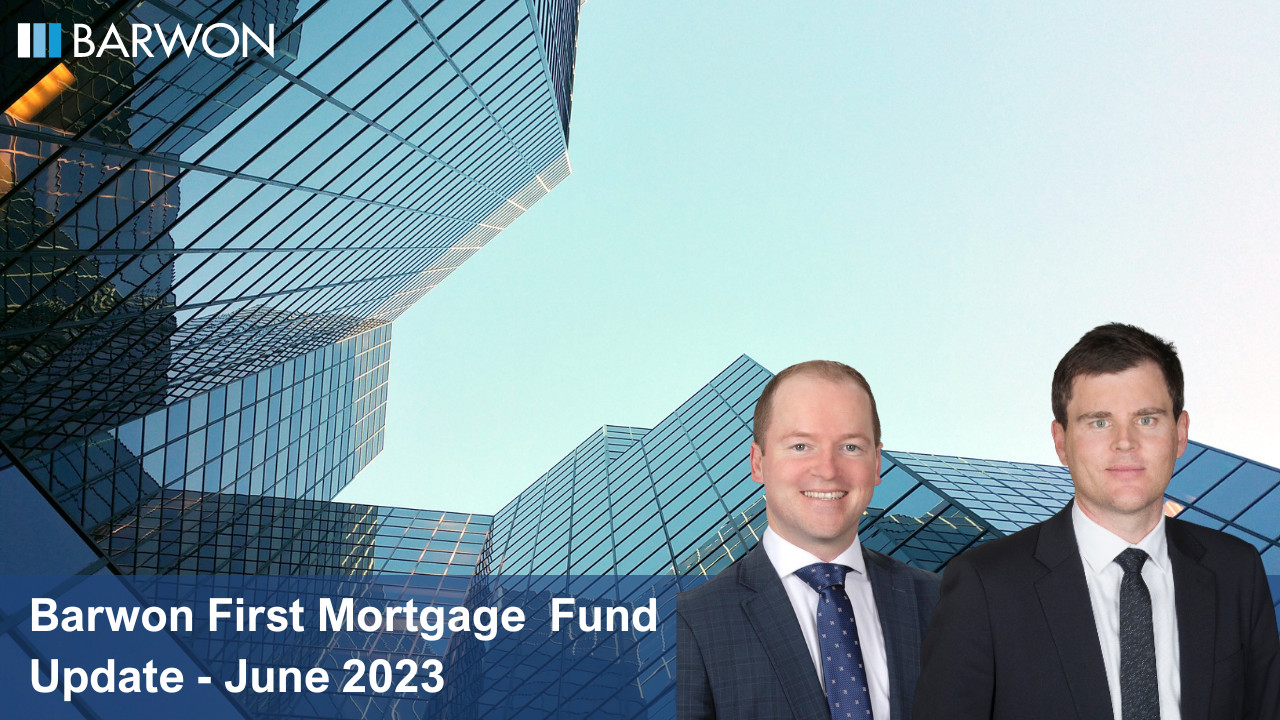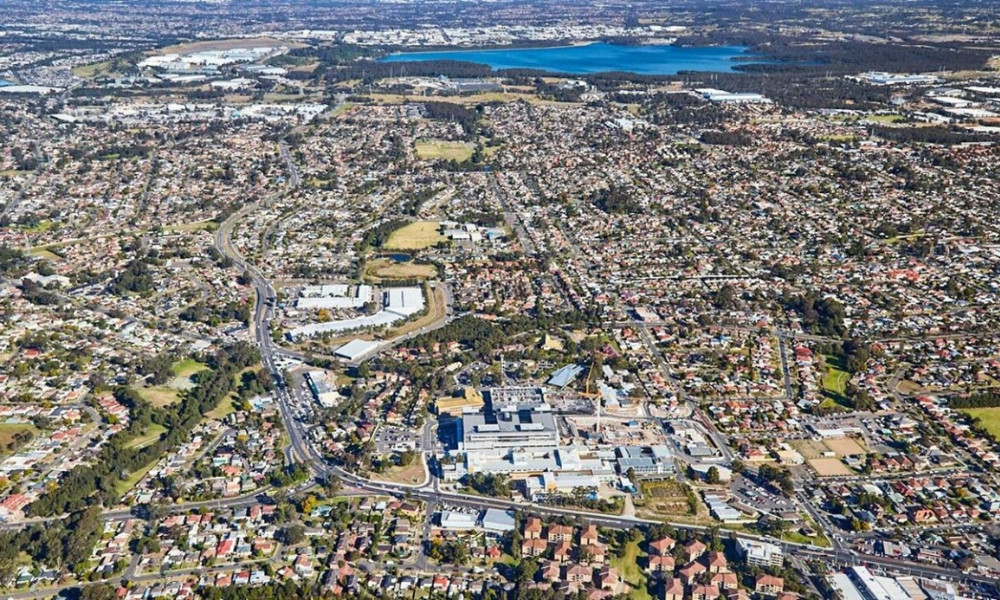Tahn Sharpe, Managing Editor, The Inside Network
Real estate credit funds have firmed as an attractive source of alternative returns in the past few years. What matters, however, and what doesn’t, for these non-bank private credit lenders, has largely been left unexplored by investors.
Real estate credit funds have become the darlings of alternative asset management in the last decade or so, with a raft of non-bank lenders amassing a portfolio of loans that offer fund investors stable, attractive and relatively non-correlative returns.
Yet not all real estate credit funds are created equal. When assessing these funds, investors sometimes fail to take into account the variables that account for the idiosyncratic risk spectrum of each fund.
A major factor in that risk level in lending for real commercial property assets is the stage of construction each property is in. Here, there are three broad stages – pre-construction, construction, and post construction – that lenders can use as an entry point. While it may seem like there would be a uniformly decreasing level of risk premia as one moves from the earlier stages to the later, that isn’t always the case according to alternative asset manager Barwon Investment Partners.
Jonathan Pullin, partner and head of property finance at Barwon, says risk factors and returns across the three stages are “non-linear” for this type of investing. For the Barwon First Mortgage Fund, which Pullin runs with his investment team, funding borrowers and property at the lower end of the risk spectrum means focussing on specific stages in the construction process and mostly avoiding others.
“Whilst many other lenders currently focus on building portfolios comprising primarily first mortgage construction loans, Barwon believes there are superior risk-adjusted returns in the pre-construction or post-construction stages of a property’s lifecycle,” Pullin tells The Inside Adviser.
That premise, he explained, is based on a combination of factors.
“For example, the team has observed an apparent oversupply of first mortgage construction capital in the market which is compressing lender margins. This competition between lenders has forced many to increase key loan covenants, such as LVR [loan-to-value ratio], or reduce others, such as pre-sales coverage or ICRs [interest coverage ratio], to secure business. Barwon believes that the combination of these factors has unfavourably skewed risk adjusted returns.”
Pullin says Barwon’s First Mortgage Fund does have minimal exposure to construction activity positions, but this is restricted to “minor refurbishment or redevelopment” activity.
“The team continues to specifically favour facilities secured over existing income producing assets which offer partial or full interest coverage and little to no exposure to construction risk or completed residual stock.”
Where a vehicle like the First Mortgage Fund separates itself from peer investment products, Pullin explains, is the network, experience and relationship development skills of the people behind it.
“Barwon has developed a broad network comprising high-quality property developers, owners, brokers, and agents who ensure a consistent supply of investment opportunities. By employing a collaborative approach with these parties, the Fund has enjoyed continued opportunities as a favoured provider of capital,” he says.
“The Fund has a focus on lower risk, high quality non-bank credit. Barwon’s due diligence and review extends further than just considering the property itself, placing considerable emphasis on the counterparty’s experience, reputation, and financial alignment.”
To access this article on The Inside Adviser, click here.
About the Barwon First Mortgage Fund
The Barwon First Mortgage Fund is an open-ended fund for wholesale investors. The Fund earns returns from debt facilities provided to Australian real estate secured with a registered first-ranking mortgage.
Media Enquiries
Mekala Shanker
Marketing & Communications Manager
Barwon Investment Partners
0402 897 339










